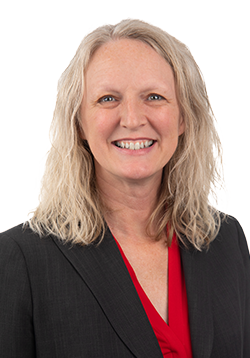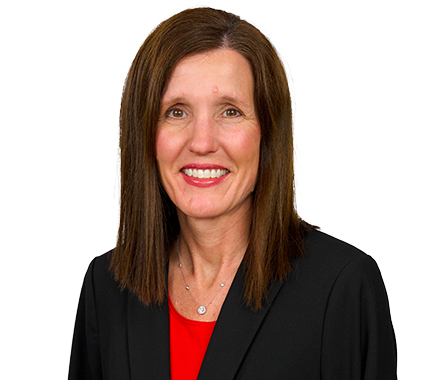
Are you stashing away the most money possible in your employer’s retirement plan? Contributing the maximum to your individual retirement account (IRA)? What about your Health Savings Account (HSA)?
Do you know when you can and when you are required to access your retirement funds?
Once you turn age 50, certain tax-saving opportunities become available to you. And in the years following, additional opportunities and certain retirement benefits also become available.
Below, we have provided a quick-reference retirement timeline that indicates which ages trigger these tax-saving opportunities. Furthermore, we have outlined important dates for Medicare and Social Security that may help you minimize your taxes and maximize your income — so you can make the most out of your money in retirement.

Age 50
Catch-up contributions of $1,000 to IRAs
Workers aged 50 and older can save an additional $1,000 in an IRA, for a total contribution of $8,000 for 2025.
Catch-up contributions of $7,500 to employer 401(k) plans
Employees aged 50 or older can contribute an additional $7,500 to their 401(k) plan, for a total contribution of $31,000 for 2025.
Age 55
Catch-up contributions of $1,000 to HSAs
Individuals aged 55 or older are eligible to contribute an additional $1,000 to an HSA, for a total contribution of $5,300 for 2025.
The Rule of 55
If you leave (or lose) your job in the year you turn age 55 or older, you can take penalty-free 401(k) withdrawals from the retirement account associated with your most recent job.
Age 59 ½
10% early withdrawal penalty ends
At age 59 ½, you can withdraw funds from an IRA for any reason without incurring the 10% early withdrawal penalty, though you may still owe income tax on the distribution.
Age 60
Enhanced catch-up contributions of $11,250 to employer 401(k) plans
Employees aged 60 to 63* are eligible to contribute an additional $11,250 to their 401(k) plan, for a total contribution of $34,750 for 2025.
*Once participants turn 64, they revert to the standard age 50+ catch-up contribution limit.
Age 62
Social Security benefits eligibility begins
If you start receiving benefits at age 62, your benefits will be reduced from your full retirement age monthly benefit.
Age 65
Medicare eligibility begins
The initial Medicare enrollment period lasts for seven months, starting three months before you turn age 65 and ending three months after the month you turn age 65.
If you miss this enrollment period, a late enrollment penalty may be applied.
Additional standard deduction for taxpayers
Single filers receive an additional $2,000 standard deduction, which increases the 2025 standard deduction to $17,000.
Married filers on a joint return receive an additional $1,600 standard deduction per taxpayer, which increases the 2025 standard deduction to $33,200 if both spouses are age 65 or older.
Age 66–67
Full retirement age for Social Security
If you start receiving benefits at your full retirement age, you will receive 100% of your monthly benefit.
The full retirement age for Social Security depends on the year you were born:
- If you were born between 1943 and 1954, your full retirement age is 66.
- If you were born between 1955 and 1959, your full retirement age is 66 plus two months for each year after 1954.
- If you were born in 1960 or later, your full retirement age is 67.
Age 70
No further incentive for waiting to sign up for Social Security
If you delay taking your benefits from your full retirement age up to age 70, you will now receive the biggest possible monthly benefit.
Age 70 ½
Qualified Charitable Distributions (QCDs) from your IRA are allowed
You can transfer any amount up to $108,000 for 2025 from your traditional IRA directly to a qualified charity and will not owe income tax on the transaction.
Age 73
401(k) and IRA Required Minimum Distributions (RMDs)
RMDs begin for retirees who were born from January 1, 1951, to December 31, 1959.
Age 75
401(k) and IRA Required Minimum Distributions (RMDs)
RMDs begin for retirees who were born on or after January 1, 1960.
If you have questions or would like more information on any of these tax- and retirement-related benefits, reach out to me. I would be happy to talk it through with you!
Any comments, insights, or strategies discussed in this article are intended to be general in nature and, therefore, may not be suitable for you and your situation, whatever that may be. Before acting on anything written here, please consult with your attorney, CPA, and/or your financial advisor.





